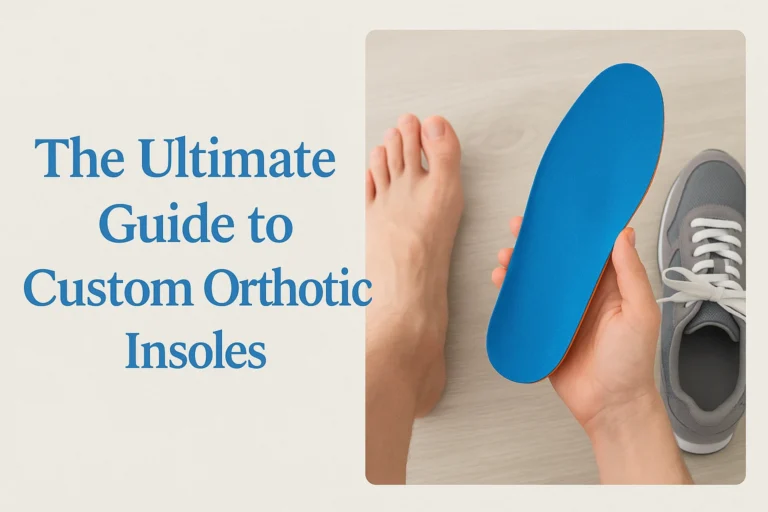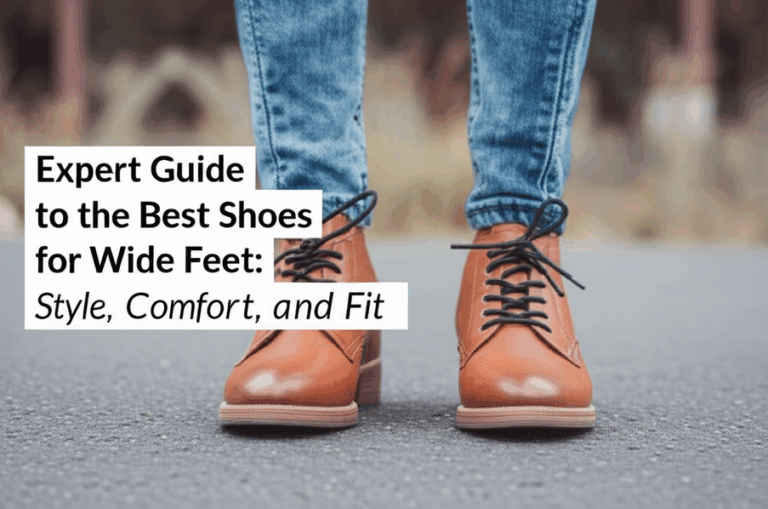The Ultimate Guide to Safety Shoes for Construction Workers

Safety shoes for construction workers are an indispensable part of worksite safety, combining protection and comfort to withstand the challenges of construction environments. In 2025, with increased awareness about worker safety and advancements in footwear technology, choosing the right pair of safety shoes isn’t just about compliance—it’s about safeguarding your health and enhancing your performance. Whether you’re navigating a muddy terrain, balancing on scaffolding, or working long hours outdoors, the right safety shoes can make all the difference.
Why Safety Shoes Are Essential for Construction Workers
Common Construction Site Hazards
Construction sites are fraught with numerous risks including sharp objects, heavy falling materials, slippery surfaces, and electrical hazards. Safety shoes for construction workers serve as the first line of defense protecting feet from punctures, crush injuries, and slips.
Benefits of Wearing Safety Shoes
- Injury Prevention: Steel toe boots and other safety footwear guard against injuries from heavy impacts and sharp edges.
- Enhanced Stability: Worksite safety shoes provide superior grip to prevent slips and falls.
- Comfort During Long Shifts: Good safety shoes reduce foot fatigue, improving focus and productivity.
- Compliance with Safety Regulations: Wearing approved industrial safety footwear helps meet OSHA and other regulatory requirements.

Key Features to Look for in Construction Safety Shoes
Durability and Material Quality
Durable materials like full-grain leather, reinforced rubber, and heavy-duty synthetics ensure long-lasting protection against rough site conditions. A high-quality construction shoe withstands abrasion, punctures, and wear.
Slip Resistance and Traction
Slip resistance is crucial on uneven or slick surfaces. Look for soles made from anti-slip rubber compounds or those with specialized tread patterns designed for maximum traction.
Toe Protection: Steel vs. Composite
Steel toe boots remain popular for their impact resistance but can be heavier and conduct cold or heat. Composite toe caps offer lighter protection, non-metallic properties, and better insulation from temperature extremes, a beneficial alternative depending on your worksite.
Comfort and Fit for Long Hours
Safety shoes for construction workers should feature cushioned insoles, arch support, and breathable linings. Proper fit minimizes pressure points and blisters essential for all-day wear.
Waterproof and Breathability Considerations
Waterproof construction work boots provide protection in wet conditions but should also allow breathability to avoid excessive sweating. Membrane technology like Gore-Tex balances waterproofing with airflow.
| Feature | Why It Matters | Recommended For |
|---|---|---|
| Steel Toe | Maximum impact protection | Heavy machinery or demolition |
| Composite Toe | Lightweight, non-metallic protection | Electrical work or hot climates |
| Slip Resistant Sole | Prevents slips on slick surfaces | Wet or oily environments |
| Waterproofing | Keeps feet dry during wet outdoor work | Rainy or muddy conditions |
Different Styles of Safety Shoes for Construction Work
High-Top Work Boots
High-top boots provide excellent ankle support and enhanced protection against debris and impacts. Ideal for rugged sites needing stability.
- Pair with heavy-duty work pants.
- Suitable for outdoor construction and cold seasons.
Athletic Safety Shoes
Emerging for their lightweight design and flexibility, athletic style industrial safety footwear offers breathability and ease of movement.
- Pair with casual workwear.
- Great for indoor or light outdoor duties.
Casual Safety Shoes
These offer more style versatility while meeting safety standards. Suitable for supervisory roles or lighter construction tasks where comfort and style merge.
- Combine with smart casual work uniforms.
- Ideal for office-to-site transition.
Cold Condition Work Boots
Specially insulated boots protect against frostbite and cold exposure, often equipped with waterproof and thermal lining features.
- Pair with insulated workwear.
- Necessary in winter or cold climate sites.

How to Choose the Right Safety Shoes Based on Your Job and Environment
Assessing Your Worksite Conditions
Evaluate hazards like sharp objects, chemical exposure, temperature, and ground surface. Choose footwear whose features directly address these risks.
Selecting Shoes for Indoor vs. Outdoor Work
- Indoor work often requires breathable, lightweight safety shoes.
- Outdoor conditions demand durable, waterproof, and insulated boots.
Seasonal Considerations for Footwear
Different seasons require specific features: breathability for summer, insulation and water resistance for winter.
Matching Shoes to Specific Construction Tasks
- Demolition: Heavy-duty steel toe boots with puncture resistance.
- Electrical work: Composite toe shoes and non-conductive soles.
- Welding or hot work: Heat-resistant and insulated footwear.

Top Tips for Maintaining and Caring for Your Safety Shoes
Cleaning and Waterproofing
Regularly clean dirt and debris from soles and uppers. Apply waterproof sprays or conditioners to maintain water resistance.
Regular Inspections and Replacements
Inspect shoes for sole wear, tears, or compromised protective features. Replace when safety or comfort is jeopardized.
Proper Storage Practices
Store in a dry, ventilated area. Avoid exposure to direct heat sources that can damage materials.
“Invest in quality safety shoes and maintain them well to ensure protection and comfort on every construction day.”
Frequently Asked Questions About Safety Shoes for Construction Workers
Are safety shoes mandatory on construction sites?
Yes, most construction sites legally require safety shoes or boots meeting specific safety standards to protect workers.
How do I know what safety shoe to buy?
Consider your job role, worksite hazards, comfort preferences, and required safety certifications (like ASTM or EN standards).
Can safety shoes improve comfort during long shifts?
Absolutely, modern safety shoes emphasize ergonomic design, cushioning, and breathability to reduce fatigue and discomfort.
What’s the difference between work boots and safety shoes?
Safety shoes have reinforced protective elements like steel toes and puncture-resistant soles; work boots may lack these but focus on durability and support.
Summary: Ensuring Safety and Comfort with the Right Construction Safety Shoes
Investing in quality safety shoes for construction workers keeps your feet safe while supporting comfort during demanding workdays. Consider your specific needs based on the worksite, tasks, and season for the best fit. From steel toe boots to breathable athletic safety footwear, choosing the right industrial safety footwear enhances worksite safety and your overall experience. Embrace these tips and footwear styles to confidently tackle your construction projects while protecting your greatest asset — your feet.
Explore more guides on worksite safety shoes and durable construction work boots essentials to stay ahead in safety and style.









